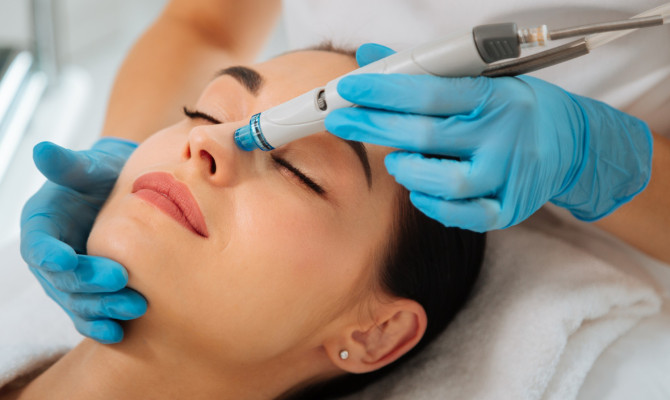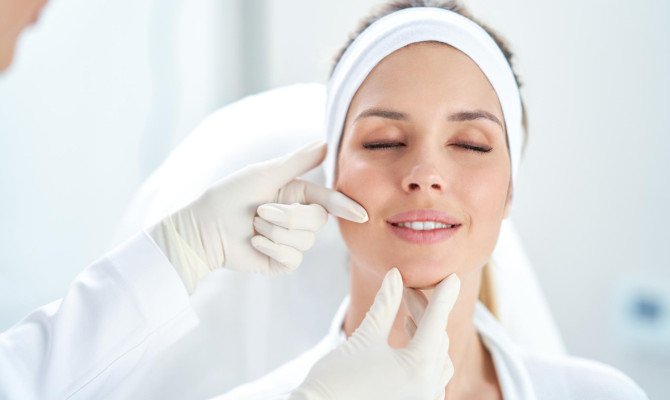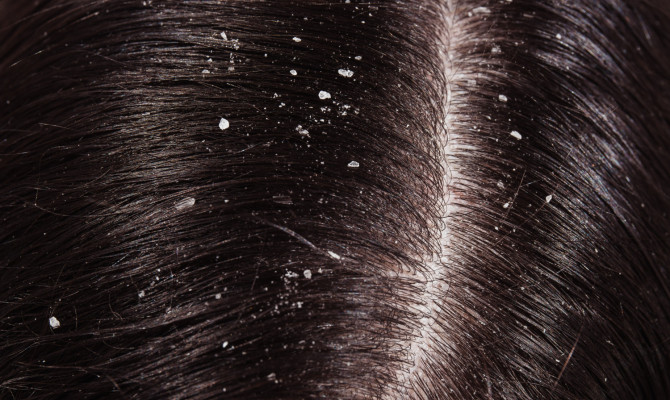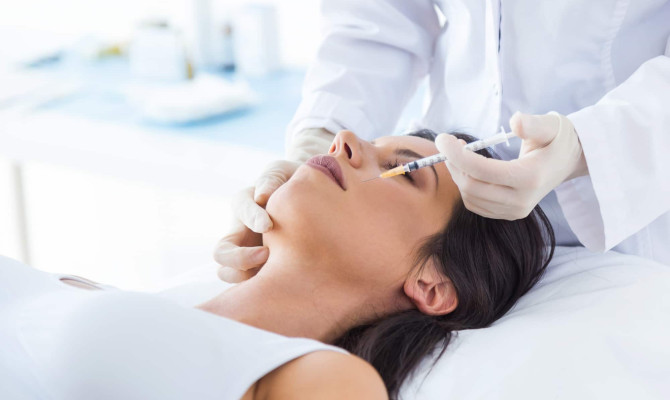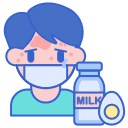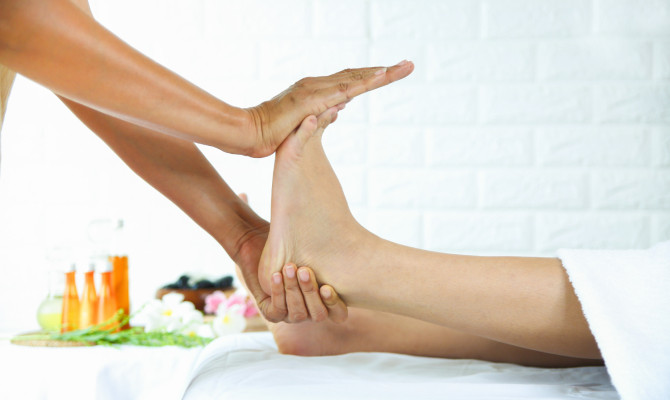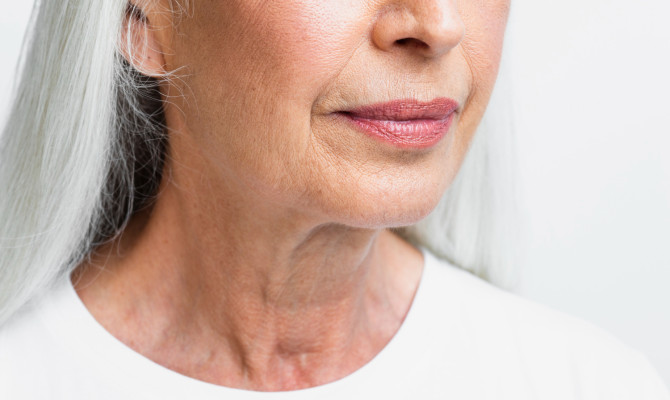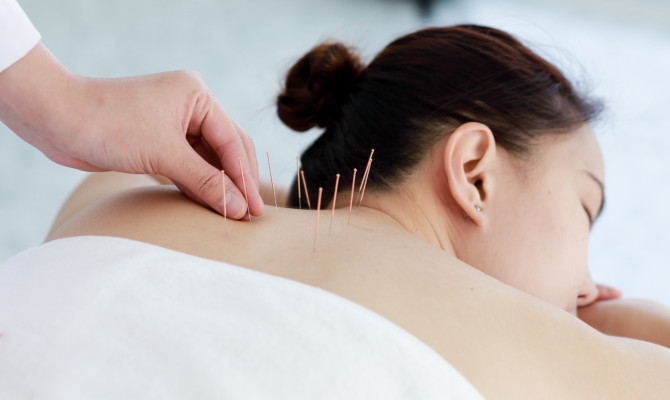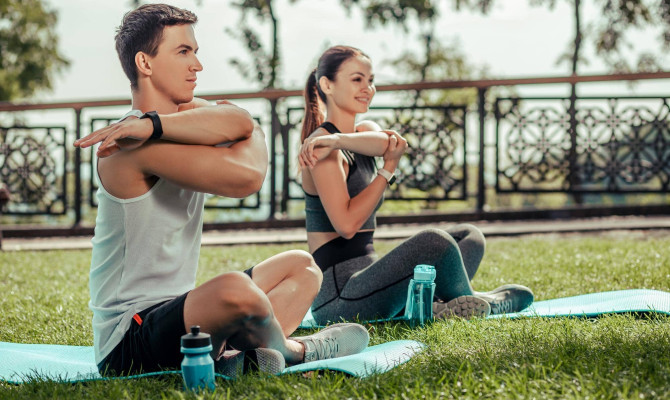What is Light therapy : Uses, Benefits and Side effects

- Light Therapy
- 17 Aug 2023
Overview
What is Light therapy?
Light therapy uses natural or artificial light at controlled wavelengths to treat various medical conditions. Treatment may involve the use of sunlight, halogen light, ultraviolet fluorescent light bulbs, and LEDs (light-emitting diodes). 1Overview| Researched based study from Sciencedirect.com
The method in which light is used may vary depending on the type of therapy one needs, such as psoriasis, eczema, depression, etc.

Facts of Light Therapy
- The other names for light therapy are phototherapy, bright light therapy, and heliotherapy.
- Faroese physician Niels Finsen is the father of modern light therapy
- Finsen used red light to treat smallpox lesions and received the Noble Prize in 1903.
Types
Types of Light Therapy
The types are :
- Bright light therapy
- Bili light therapy
- Broadband light therapy
- Narrowband therapy
- PUVA Therapy
Bright light therapy
- The treatment uses a light box that mimics sunshine to treat sleep disorders and depression.
Bili light
- The treatment uses shining fluorescent light in the blue-green spectrum to treat newborn jaundice.
Broadband UVB
- The treatment uses ultraviolet B radiation at 280 to 320 nanometers to treat severe psoriasis.
- Ultraviolet radiations are radiations that are present in the natural sunlight.
Narrowband UVB
- It uses short wavelength ultraviolet radiation between 311 o 312 nanometers to treat skin conditions. It is the most common type of light therapy that is used today.
PUVA (Psoralen ultraviolet-A)
- It is a treatment that uses psoralen to the skin first and then exposes the skin to long-wave ultraviolet radiation (UVA) Psoralen is a plant chemical that makes the skin more sensitive to light
- PUVA has more side effects than other light therapies and is only used when other options don’t work.2Types| Researched based study from Nlm.nih.gov
Types on the basis of colors of light available for light therapy
The different color of lights available for light therapy to treat various conditions is as follows:
- Red light therapy
- Blue light therapy
Red light therapy
- It uses low wavelength red light viz; laser to treat skin problems such as roughness, fine lines, and inflammation.
Blue light therapy
- It is a treatment that uses blue light wavelengths to destroy the acne-causing bacteria in the skin.2Types| Researched based study from Nlm.nih.gov
The procedure
Procedure of Light Therapy
Before light therapy
Before starting the light therapy session, the healthcare provider will ensure the following things:3Procedure| Researched based study from Nlm.nih.gov
- Protective eye-wear or eye mask (to cover the eyes)
- Face shield (to cover the face)
- Protective sunscreen (to put on the skin)
- Blanket (to cover parts not requiring treatment)
- Remove clothes from parts that need treatment
Procedure
The way the UV light passes the skin is unique for each treatment type.
UVB light
- The patient has to stand in front of a box light source from which the light will enter the skin.
- Doctors set the device for a certain amount of time depending on the need
- For treating small skin parts, the patient sits down or lies on a table, and the provider will use a rod to emit light across the skin
UVA light
- The procedure is the same as that of UVB. However, medications are sometimes used for better effectiveness of the treatment.
- The health care provider will first let the patient soak in a psoralen bath for psoralen UVA treatment. Alternatively, he might also give psoralen to take through the mouth or put on the skin before the treatment.
Excimer laser light
- The provider will let the patient lie on a table, exposing the area needing treatment.
- Then the laser is delivered, providing more focused ultraviolet light to smaller body sections.
Procedure time
- The time varies depending on the size of the treatment area and the strength of the ultraviolet light the provider uses. Repetitive treatments give the best results.
- The first session might last a few seconds, and the final session might last a few minutes with UVB therapy. However, for UVA therapy, it requires up to one hour.
Post-procedure care
After the light therapy treatment, the health care provider might instruct to follow the following things:3Procedure| Researched based study from Nlm.nih.gov
- Apply sunscreen on the treated areas or use clothing to protect them from direct sunlight.
- Wearing sunglasses or eye protection when outside
- Regularly applying moisturizer to prevent drying of the skin
- Avoiding tanning beds and sun exposures to prevent sunburn
Uses
Use of Light Therapy
Light therapy is used to treat a variety of conditions. Some of the common types are mentioned below:
- Treats Itchy skin
- Treats Psoriasis(skin disease)
- Eczema (skin disease with dry, itchy skin) management
- Treats Neonatal (newborn) jaundice
- Helps in treating Vitiligo(a skin condition that loses skin color in patches)
- Treats Morphea (an inflammatory skin condition)
- In Mycosis fungoides (skin cancer that causes a red rash on the skin) treatment
- Manages Seasonal affective disorder(mood disorder caused by season change)
- Treats Esophageal cancer(cancer of the food pipe)
- Helps in alleviating depression symptoms
- In the management of Sleep disorders
- Treats Acne & acne marks 4Uses| Researched based study from Nlm.nih.gov
Side effects
Side Effects of Light Therapy
Light therapy is a safe procedure. people may face some mild side effects post-procedure, like:
- Skin redness
- Burns similar to sunburn
- Nausea and vomiting (on taking psoralen)
- Dry skin
- Headache
- Anxiety
- Sleep difficulty
- Blurry vision
- Eyestrain
- Tiredness
- Dehydration(in Bili treatment)
- Wrinkles (for prolonged treatment)
- Skin cancer (with prolonged treatment with UVA therapy)5Side effects| Researched based study from Nlm.nih.gov
Symptoms of post-light therapy requiring medical attention
- Burning sensation lasting more than 24 hours after treatment
- Skin abscess
- Leaky sores
- A swollen wound that does not improve
- Fever with nausea and vomiting 10Side effects| Researched based study from Sciencedirect.com
Benefits
Benefits of Light Therapy
Treatment benefits
- Decreases skin inflammation
- Reduces itchiness
- Prevents outbursts of symptoms of depression, dermatitis, and eczema
Other benefits
Easily Accessible
- Treatment can be done at home using rented light boxes
Non-invasive procedure
- It is a good alternative to other surgical procedures or medications
Comparatively safe
- Light therapy lamp, when used correctly, has low–risk and are generally safe.
Convenient procedure
- Light therapy can be used at home, even while eating or reading
Having Mild side effects
- Most of the side effects are preventable by adjusting the light therapy lamp.6Benefits| Researched based study from Nlm.nih.gov
Contraindications

Who should avoid Light therapy?
- People with a family history of skin cancer
- Who has liver disease
- People with lupus (a disease in which the immune system attacks healthy tissue)
- One with sensitive skin
- With eye disease
- One with heart disease
- People on antipsychotic medication
- Pregnant woman
- Nursing mothers7Contraindications| Researched based study from Sciencedirect.com
At home
Light therapy application at home
For depression
Before starting the light therapy session at home, it is always best to consult with the health care professional about the health condition.
To use a light therapy lamp (1000lux intensity), one must follow the following steps:
Before starting, read and follow the instructions as mentioned in the lightbox manufacturer’s guide.
Steps
- Place the light therapy lamp on a table or desk
- Sit or stand correctly at a distance as mentioned in the user’s guide
- One must keep the eyes open and must avoid sleeping during the session
- Avoid staring at the lamp or lightbox
- Start with an initial half an hour of exposure daily
- Schedule the light therapy session each day in the early morning between 6 to 9 am.
During the session, one can pass the time in front of the lightbox carrying out normal activities such as reading and working.8At home| Researched based study from Nlm.nih.gov
Devices
Available devices for Light therapy
One can get light therapy treatment at the doctor’s clinic, hospital, or home.
Devices available to treat depression
- Tabletop light boxes or sunlamps with a wide arc of light
- Avail lamps that have 1000lux light illumination and put out as modest UV light as possible
Devices available to treat skin conditions
- Handheld lamps that produce light to a few areas of the skin
- Large panels that send beams over the whole body
- Units that controls small tunnel of light to treat hand or foot
- Combs that send ultraviolet light through hair onto the scalp to treat scalp psoriasis
- Excimer laser sends UVB light to small areas of the skin Excimer laser are powerful ultraviolet lasers 9Devices| Researched based study from Nlm.nih.gov
Takeaway
Key Takeaways
- Light therapy is a non-invasive, painless treatment for several health conditions, including neonatal jaundice, skin disease, mood disorder, and depression.
- Light therapy is a convenient treatment that can even be performed at home
- One opting to take light therapy for any health condition must inform the doctor about the medical condition, medications, and health supplements one is using to avoid any unwanted complications
Any feedback on this article?
 This Articles content was accurate
This Articles content was accurate Very Informative Article
Very Informative Article I have a question or a comment
I have a question or a comment
 This article contains inaccurate content
This article contains inaccurate content This article was not helpful
This article was not helpful I have a question or a comment
I have a question or a comment
We appreciate your helpful feedback!
Checkout our social pages
References
-
Science Direct
Light Therapy - an overview | Overview
-
National Library of Medicine
Phototherapy | Types
-
National Library of Medicine
Phototherapy | Procedure
-
National Library of Medicine
Phototherapy with Light Emitting Diodes | Uses
-
National Library of Medicine
Side effects of light therapy in seasonal affective disorder | Side effects
-
National Library of Medicine
Bright Light Therapy: Seasonal Affective Disorder and Beyond | Benefits
-
Science Direct
Adherence and acceptability of light therapies to improve sleep in intrinsic circadian rhythm sleep disorders and neuropsychiatric illness: a systematic review | Contraindications
-
National Library of Medicine
Efficacy and Safety of Light Therapy as a Home Treatment for Motor and Non-Motor Symptoms of Parkinson Disease: A Meta-Analysis | At home
-
National Library of Medicine
A review of available laser and intense light source home devices: A dermatologist’s perspective | Devices
-
Science Direct
Effect of Light Therapy on Cancer-Related Fatigue: A Systematic Review and Meta-Analysis | Side effects












